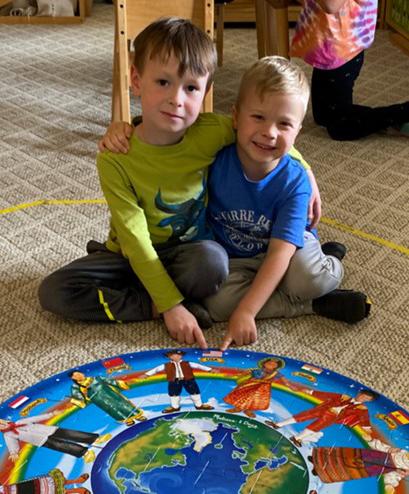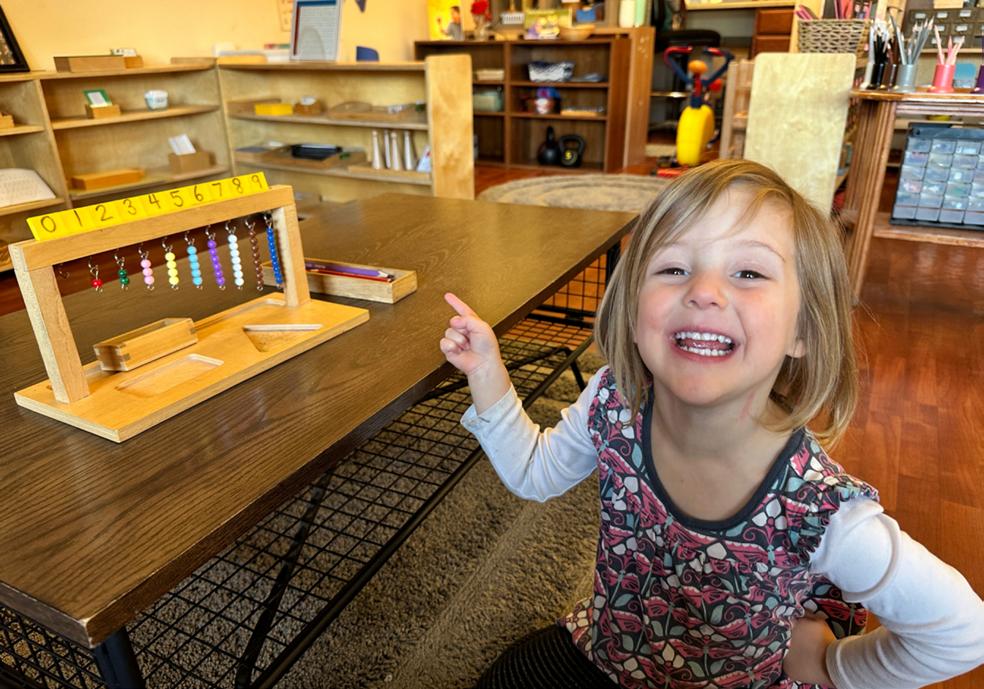
1 minute read
The Five Developmental Areas
1. Intellectual: The mind’s power of reasoning and acquiring knowledge
The Primary classroom’s work and environment support the discovery and application of knowledge. Progression is from the known to the unknown, from the simple to complex, and from the concrete to the abstract. Students develop detail in work and creativity and begin academic learning. They achieve understanding and capability in the application of process, sequence, and order.
2. Emotional: The mental or physical awareness, not wholly based on reason, which allows identification with feelings
The Primary classroom’s work and social environment encourage the development of both self-respect and self-confidence, which leads to self-realization. Strong emotional health that includes the ability to empathize and sympathize with others is nurtured. This health includes learning to name and express emotions appropriately.
3. Social: The interaction with others as well as with the environment
The Primary classroom’s work and environment allow students to know, practice, and respect their role at school. Students learn to be responsible for their environment and contribute to their community. This includes the practice of being gracious and courteous and the giving and receiving of respect.
4. Physical: The body and its movement
The Primary classroom’s work and environment give purposeful direction to a child’s natural need for movement. Both gross and fine-motor development are refined over the three years.
5. Spiritual: The mind as distinct from body; morality.
The Primary classroom’s work and environment allow students to develop intrinsic motivation that leads to inner discipline and a unity among thought, will, and action. Students develop a love and respect for their work and a connection to their environment as well as to those who share it. This leads to cooperation rather than competition and to peace rather than violence.
Time In Primary
The Primary program is typically a threeyear program but can sometimes be a four-year program, with the final year being the equivalent of the Kindergarten year. It is the year children blossom into confident leaders, mastering the knowledge they have already gained. It is also the year they make the transition into a new level of academic ability. It is important that they be allowed this transition in a familiar environment and with a teacher who knows them well and can provide continuity and direction, so they emerge confident, prepared, and eager for the next plane of development.




